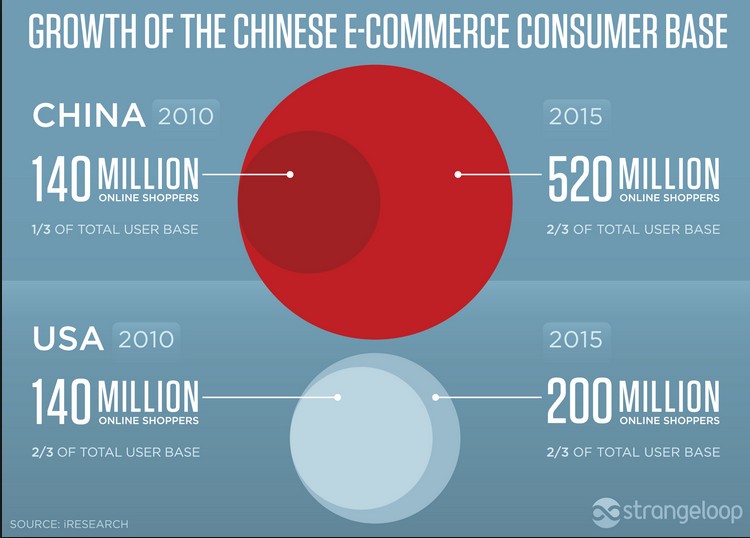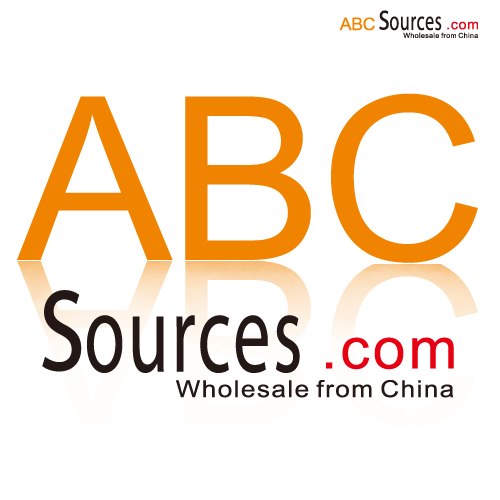How To Find The Right China Supplier And Buy Good Product?
October 10,2013
From: ABC sources
-
When it comes to low prices and high profits, China imports are hard-to-beat. Many retailers and e-tailers understand the benefits of sourcing products directly from China suppliers, but have no idea how to begin. Incorporating importing into your product sourcing can pay off in cutting-edge products at deeply discounted prices, but it's important to start slowly and take time to learn the ropes. You'll want to focus first on a few key steps in the process:
\r\n
\r\n\r\n
\r\n \r\n
\r\n\r\n
\r\n1.Understand what you need. You need to first know what is available and have a way to categorize the information. Here are some categories to help you think about Chinese suppliers: manufacturer vs. 3rd-party supplier; Big corporation vs. small family-owned; 3rd-party supplier with in-house product development capability vs. 3rd-party supplier that just buys-in and sells-out; vertically integrated manufacturer vs. assembly-based manufacturer; etc. Properly categorizing the suppliers will help you understand what you need. For example, if you need to import products in a narrow range, you may choose a manufacturer other than a 3rd-party supplier. If you are a small business and need dedicated attention, you may want to develop a good relationship with a small family-owned business.
\r\n
\r\n
\r\n2.Do some preliminary Internet research to further develop your category system towards your specific needs. Create a data table to help you record the search result, so the job can be done more efficiently and effectively. The table should include columns like company name, contact information, business scale and scope, category check boxes (important), and notes.
\r\n
\r\n3.Use search engines to search information related to your product name. The first 100 results would be the most relevant websites related to the product of your concern. You can also find your competitors' information and develop a better sense of market segment and marketing channels.
\r\n
\r\n4.Narrow down the the list of suppliers you want to work with to a manageable amount. At this stage, you may already know what your real needs are and what is available. Initiate contact with the suppliers you want to work with, and further develop relationships with them. Eventually, you will find the one. The process can be fun and a friendly experience.
\r\n
\r\n5.Use popular business directory websites to obtain very structured information for Chinese suppliers. The directory websites are also excellent resource to obtain industrial knowledge.
\r\n
\r\n6.Choose a shipping method. It may be worth the cost to ship a small package -- say a box of medical supplies that you need quickly -- by air. Ocean shipping can be far less expensive, depending on the size of the order, but may take up to 30 days, including time from the Chinese factory to the shipping docks, shipping transit, clearing customs and shipping time to your business or warehouse. You may need to hire a third-party logistics provider with customs-broker experience, depending on the complexity of the order.
\r\n\r\n
\r\n
\r\n\r\n
\r\n \r\n
\r\n
\r\n7.Estimate the cost of the value added tax. This is a tax -- 17 percent for most goods -- that the Chinese government has placed on all exported goods since 1984. Chinese companies don't list this tax when quoting prices -- just as U.S. firms don't list the tax on items they sell. But, you, as the buyer, are expected to pay it. Many Chinese firms are entitled to receive rebates from the Chinese government, sometimes for the entire value of the tax. So ask about any such rebates the firm might receive and negotiate for a discount if the manufacturer is receiving one. Also, consult the United States International Trade Commission Harmonized Tariff Schedule of the United States to determine if any customs duties will be assessed on the products you're buying. Again, as the buyer, you are responsible for such duties, which vary widely according to the products -- some goods aren't even charged such duties. Even if you aren't using a sourcing agent to help inspect the order and handle customs issues, these taxes and duties could add up to 40 percent to your order. Additionally, ensure that the right customs code is affixed to the products you are ordering by consulting the HS Code database. The lack of the correct code could delay your shipment or even cause it to be confiscated.
\r\n
\r\n8.Pay for the order. The accepted practice is to use a 30-70 method: You pay 30 percent on placing the order and 70 percent when it is shipped. Sometimes, you can negotiation 30-40-30 terms, in which you put 30 percent down, pay 40 percent when the order ships and the remaining 30 percent when you -- or your warehouse employees -- receive the goods. If it's a large order, use a third-party inspection company before you make an initial payment. Such companies charge as little as $200 and up, depending on the size of the order.
\r\n
\r\nThe above are critical first steps towards ensuring quality product, but after you have chosen the right supplier, there is still more to do to help ensure you receive good product on a timely basis. Your next step is to lay the foundation of the business relationship by using a good supplier contract.
\r\nWhat do you think?
Related Articles
